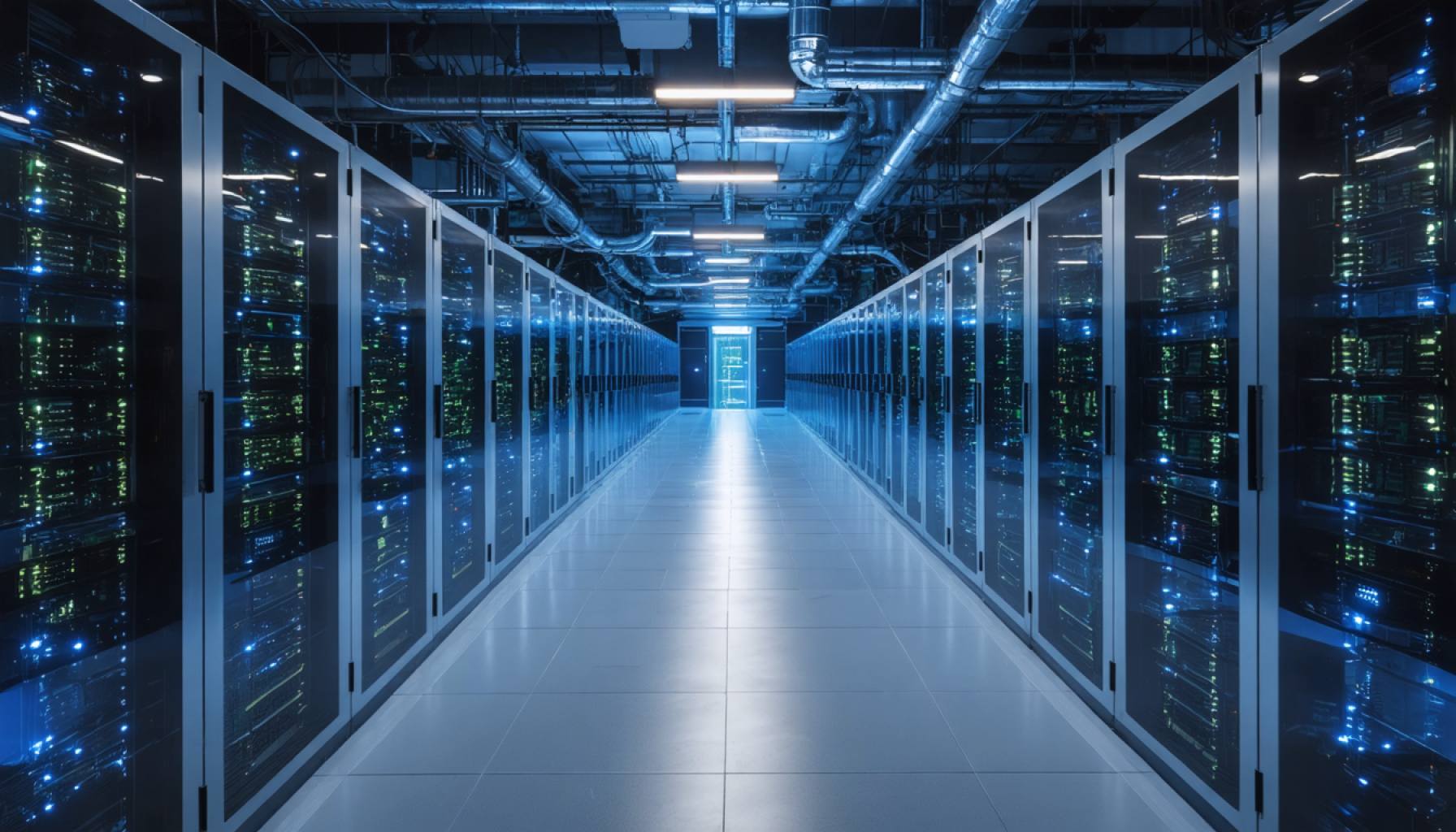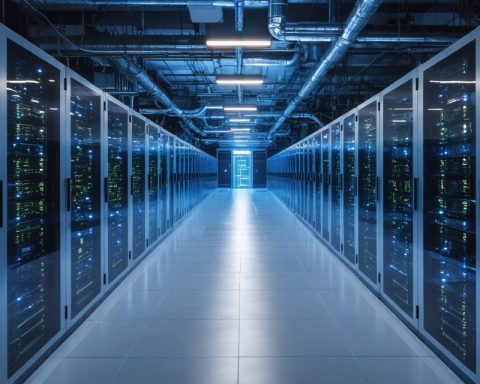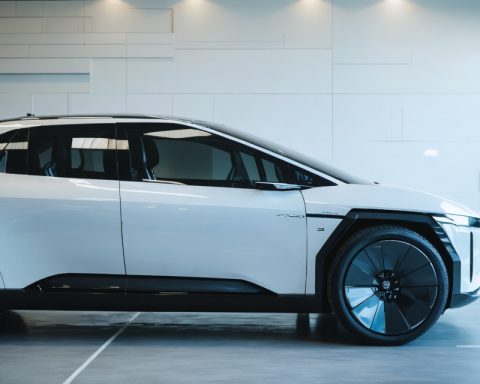- Data centers in Poland are rapidly growing, expected to triple in power to over 500 MW by 2030.
- Poland is emerging as the largest and fastest-growing tech market in Eastern Europe, attracting global investments and innovation.
- The demand for electricity in data centers is projected to increase by 66% in Europe by 2030, driven by AI and IoT advancements.
- Sustainability is a key focus, with technologies like liquid cooling and renewable energy sources leading the charge.
- OVHcloud and other pioneers are setting new standards with an impressive Power Usage Effectiveness (PUE) ratio of 1.26.
- The industry’s shift towards a carbon-neutral future is marked by commitments to renewable energy and efficient designs.
- Poland is shaping a sustainable digital future, emphasizing innovation, reduced carbon footprints, and resource recycling.
Darkened rooms buzz quietly, housing rows of machines that churn data into knowledge. Data centers, once mere whispering behemoths of the digital world, are now emerging as powerhouses of Poland’s tech ecosystem. As the digital age accelerates, ankle deep in artificial intelligence and the Internet of Things, these centers are poised to become thrice as powerful by 2030, boasting over 500 megawatts—an electrifying leap from 173 MW in 2024.
The landscape is shifting under the combined weight of digital demand and the urgency for sustainable solutions. In the heart of Eastern Europe, Poland shines as a beacon, standing as the largest, fastest-growing market in the region. It’s a magnet attracting global titans and investment giants alike, drawn not just by the potential riches buried in bytes but also by the allure of innovation.
Imagine standing in Warsaw or Krakow, cities that act as gateways for data flowing across Eastern and Western Europe, fetching insights from Silicon Valley and playing a pivotal role in global data processing. The silent whirr of servers here is transforming the skyline from merely physical architecture to a digital empire.
Yet, there is a looming question overshadowing this promise: energy. The hunger for electricity is insatiable, with projections indicating a 66% surge in demand across Europe by 2030. An innocuous Google search, once a whisper of a kilowatt, now echoes louder than ever. These centers gulp power by the MWhs, driven by AI operations that demand astronomical computational space.
In the pursuit of staying ‘green,’ pioneers like OVHcloud are carving paths less traveled. Their architecture is not just about sprawling space but about nourishing it sustainably. With energy efficiency front and center, advancements in cooling systems—particularly liquid cooling—represent not just innovation but necessity. Their Power Usage Effectiveness (PUE) ratio now stands at an impressive 1.26, a notable improvement from the 2.5 standard of 2007. Imagine the precision of designing a machine that guzzles less power than it delivers.
Sustainability is more than buzzwords; it’s policy. In this industrial dance towards a cleaner future, wind, solar, and—where possible—nuclear energies are taking center stage, setting the tempo for a renewable rhythm by 2030. The passage is clear: transition or be left behind.
The great march towards a carbon-neutral frontier is an actionable endeavor—one of intentional strides rather than hypothetical plans. The European data center pact reiterates the industry’s vow to renewable energy reliance, with new constructions aiming for unprecedented efficiency even in diverse climates.
For the decision-makers, architects, and engineers in this room, the message is resonant: keep innovating. Lower the carbon footprint, recycle components, and embrace renewable solutions not just as strategies but as imperatives. As Poland anchors its role in the data dominion, it’s not just building data centers. It’s crafting a new narrative for sustainable digital evolution.
The future is wired, and with every byte, Poland’s silent powerhouses hum a symphony of responsible innovation.
How Poland’s Data Centers Are Reshaping the Tech Landscape: Sustainability and Innovation in Focus
The Rise of Data Centers in Poland
Poland’s burgeoning role as a leader in the data center sector comes as no surprise. As digital demand soars, driven by the rapid advancement of artificial intelligence (AI) and the Internet of Things (IoT), data centers are the backbone fueling this growth. By 2030, Poland’s data center capacity is expected to reach over 500 megawatts, a significant increase from the anticipated 173 MW in 2024. This growth positions Poland as a crucial player in Eastern Europe’s tech ecosystem.
Energy Concerns and Sustainable Solutions
One of the most pressing challenges facing data centers is their voracious appetite for energy. To address this, Poland is pioneering innovations in energy efficiency and sustainability. Advanced cooling technologies, such as liquid cooling systems, have improved Power Usage Effectiveness (PUE) ratios to 1.26—far better than the 2.5 standard of 2007. Companies like OVHcloud are leading the charge by focusing on sustainable architecture, incorporating renewable energy sources like wind, solar, and nuclear power.
How to Implement Sustainable Practices
– Optimize Cooling Methods: Implement liquid cooling solutions to increase energy efficiency.
– Adopt Renewable Energies: Transition to wind, solar, and nuclear energy to reduce carbon footprints.
– Monitor and Improve PUE Ratios: Regularly assess the PUE ratio to ensure operational efficiency.
Real-World Use Cases
Data centers in cities like Warsaw and Krakow serve as crucial nodes for data exchange between Eastern and Western Europe. By integrating sustainable practices, these centers not only enhance their operational capabilities but also serve as role models for global data center management.
Market Forecast and Trends
The demand for more sustainable data centers is expected to continue growing. According to industry reports, the data center market will increasingly focus on renewable energies and green technologies. Companies investing in these areas will likely see increased profitability and regulatory compliance.
Pros and Cons Overview
Pros:
– Enhanced energy efficiency and reduced operational costs.
– Improved regulatory compliance with environmental standards.
– Positive corporate image and competitive edge in green tech.
Cons:
– Initial investment in sustainable technologies can be high.
– Transitioning to renewable energy sources may face logistical challenges.
Resources for Further Reading
For a deeper dive into the evolution of data centers and sustainable tech, visit Data Center Catalog for comprehensive industry insights.
Actionable Recommendations
– Invest in Cutting-Edge Technology: Embrace AI-driven analytics for monitoring energy use and predicting maintenance needs.
– Educate Stakeholders: Foster a culture of sustainability within the organization to ensure long-term commitment to green practices.
– Collaborate Globally: Engage with international tech leaders to stay abreast of best practices and innovations.
By incorporating these strategies, Poland is not just expanding its data center footprint; it’s setting a benchmark for sustainable technological growth worldwide.









